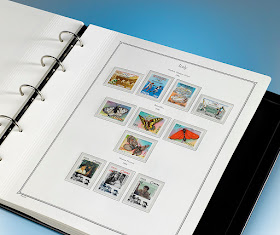Funerary Figure (Kulap)
Southern New Ireland, 19th century.
In southeastern New Ireland, mortuary rituals involved limestone chalk figures known as
kulap.
Kulap figures were traditionally kept in ritual houses, and functioned during funerary ceremonies as temporary vessels for the souls of the deceased. Upon the conclusion of the ceremony, the figures were broken, releasing the souls into the realm of the ancestors. These ritual are no longer practiced in New Ireland today.
Material: Limestone, fiber;
Height: 29 1/2 in. (75 cm)
Provenance: Collected in New Ireland, ca. 1890; Augustus H. L. F. Pitt-rivers, Pitt Rivers Museum, Farnham, Dorset, 1898; [W. D. Webster, London, before 1900]; Stella Pitt-Rivers; John Hewett, London; [Mathias Komor, New York, 1977], Barbier-Mueller collection, since 1977

















































